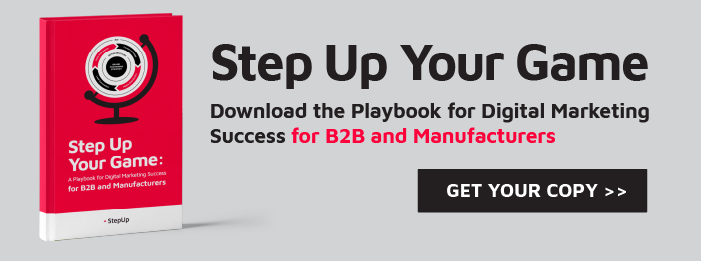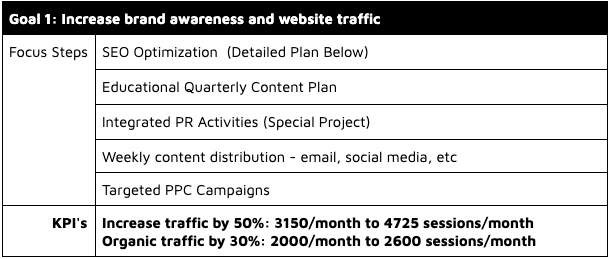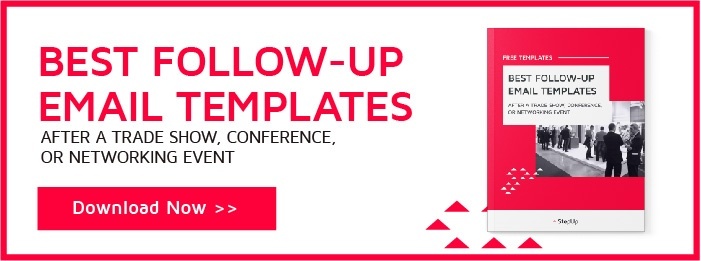As a B2B company, you understand the importance of doing market research before you enter a new market or create a new product. But have you heard of buyer personas? Building a buyer persona is a vital part of market research that helps you focus on reaching your ideal customers.

Generally, it’s useful to create multiple personas since your business probably markets to different segments. These personas are created based on a combination of raw data, experience, smart interviews, and educated guesswork and become a sketch of your key audience segments. Here are the steps we take when creating personas as part of B2B market research.
Make Your B2B Market Research Personal
Getting to know a business, inside and out, is always the first step to better understanding how to market to that and similar businesses. While you may be familiar with the part of your lead’s business that is relevant to your own company, take the time to get a clear picture of the whole business, from the products it makes to the research and development it conducts.
Talk to the Sales Team
No one knows who actually buys the product better than the people who work to sell the product every day. They’ll have a good idea of what types of people within an organization are responsible for learning about and purchasing your product and what information they’re generally looking for.
Capture Website Visitors
If your website has forms, you can use those to collect additional useful information about your visitors such as company size or how the leads found your website. If you can’t capture this information on your website, there are databases available that can take a lead and match them with company size, revenue, and more useful information.
Interview Customers
Getting a chance to talk to real, live customers gives you a chance to ask them questions about their entire purchasing process. How did they research options? What attracted them to your company? How did they make a final purchasing decision?
Discuss Challenges and Goals
When you’re interviewing customers, don’t just talk about your company, make a point of getting to know them more broadly as well. What are the challenges their industry faces and the goals they’re trying to meet? Learn as much as you can about how their industry works because those are questions your company can answer in its marketing materials.
Research Your Buyers
 Be a google sleuth and research buyers from companies you know to get additional information. Do they have a college degree? Where are they in their career? Are they married? You’ll start to notice trends in the type of person who holds a certain type of job and these trends will help inform your buyer personas.
Be a google sleuth and research buyers from companies you know to get additional information. Do they have a college degree? Where are they in their career? Are they married? You’ll start to notice trends in the type of person who holds a certain type of job and these trends will help inform your buyer personas.
Use Different Sources
Talking to and researching one customer isn’t going to give you a complete picture of the buyers for a certain segment, much less the different segments or types of customers a business has. Make sure to research many different customers. Social media profiles can be a great way to learn about people and reading industry news articles gives more insight into trends and challenges they’re facing.
Build a Composite Picture
A single buyer persona is a composite of all the research, interviews, and information you’ve gathered from your different sources. Your goal is to create a handful of fictional people who represent the main market segments you are targeting.
Name Your Persona
Buyer personas are more effective if you give them a face. It’s worth putting the extra effort into building not just an outline, but an imaginary person you can think about as an individual instead of just a title. Asking if “Jeff” would find the content appealing leads to more effective content creation than asking if a VP of Purchasing would find it interesting.
Review Your Personas
Run the buyer personas you’ve created by others in the company for feedback. They’ll let you know if they think you’ve accurately captured the regular buyers or if they think you’re missing a key point. Also, remember to think of buyer personas as a work in progress, and update them as you learn more about your target buyers.



Once you have buyer personas, you can use them as reference points for much more than just content creation. They can help you shape your business strategy and even develop new products.
Want to get started with buyer personas? We can help. Get in touch with us at StepUp to see if you are eligible for a marketing strategy review, which will include initial market research and buyer persona development, all for free. Click below to request your custom marketing strategy review.























 >”/>
>”/>
